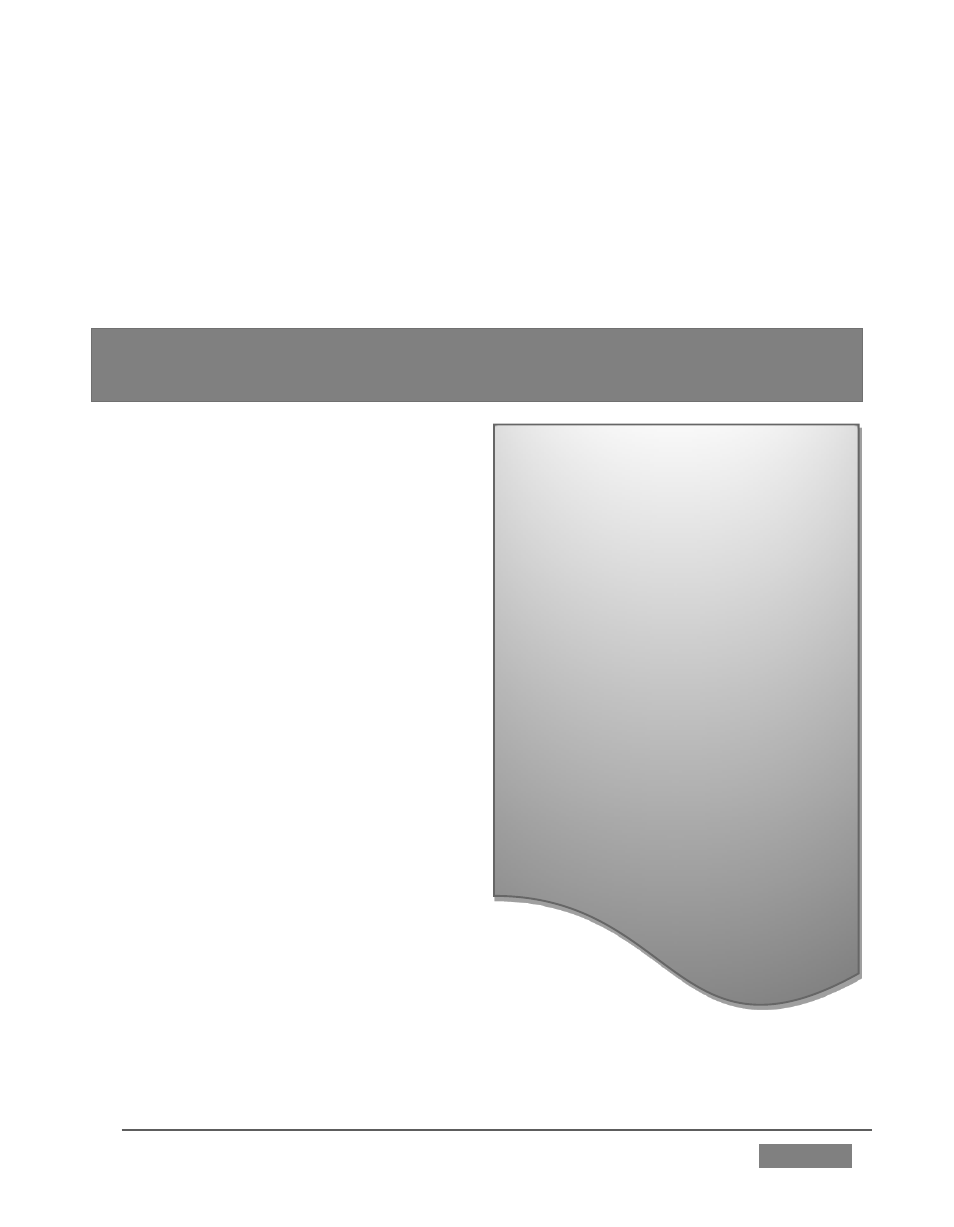NewTek TriCaster 8000 User Manual
Page 275

Page | 259
Secondary audio busses:
Actually, beyond the primary busses
mentioned here, TriCaster maintains
a large number of secondary internal
busses.
For example, the Solo switch for each
input (and output) is actually a ‘send’
that adds sound to a ‘Solo bus’.
Likewise, the IsoCorder™ module (on
supporting models) permits discrete
recording
directly
from
the
unmodified audio input associated
with any single video source; really,
this constitutes another up to eight
additional audio busses.
on this master bus (in the jargon of audio processing, this is called a ‘send’), which
ultimately flows to output connectors.
Slightly more advanced mixers often provide more than one ‘send’ for individual
inputs. For example, the sound from all inputs may be sent to the master bus,
comprising the ‘master mix’. A different mix, sometimes called a ‘sub-mix’, might
also be created by sending certain signals to a secondary (‘auxiliary’, or ‘Aux’) bus.
Hint: A secondary mix, prepared on an Aux bus, can serve many purposes. For
example, you might wish to record a mix with all sound from talent microphones but that
excludes any sound effects or music.
Let’s summarize what we have learned so
far: A ‘send’ pipes audio signals from an
input to a discrete pathway called a ‘bus’.
Multiple sends can be used to place sound
from a given source onto one or more
internal busses. OK, what else should we
know?
Each audio bus is discrete. Each can be
directed along different output paths. And
even when the blend of signals it carries
is otherwise identical to another bus, it
can be processed separately; its level,
equalization, and compressor/limiter
settings can be unique.
TriCaster provides four primary audio
busses. These are identified in the Audio
Mixer as:
Master 1
Master 2
AUX 1
AUX 2
The Audio Mixer provides control groups for each of these busses (Figure 260),
allowing you to set their levels and signal processing.
